Style Like a Pro with Salt Design Co.
Writer Sarah Brady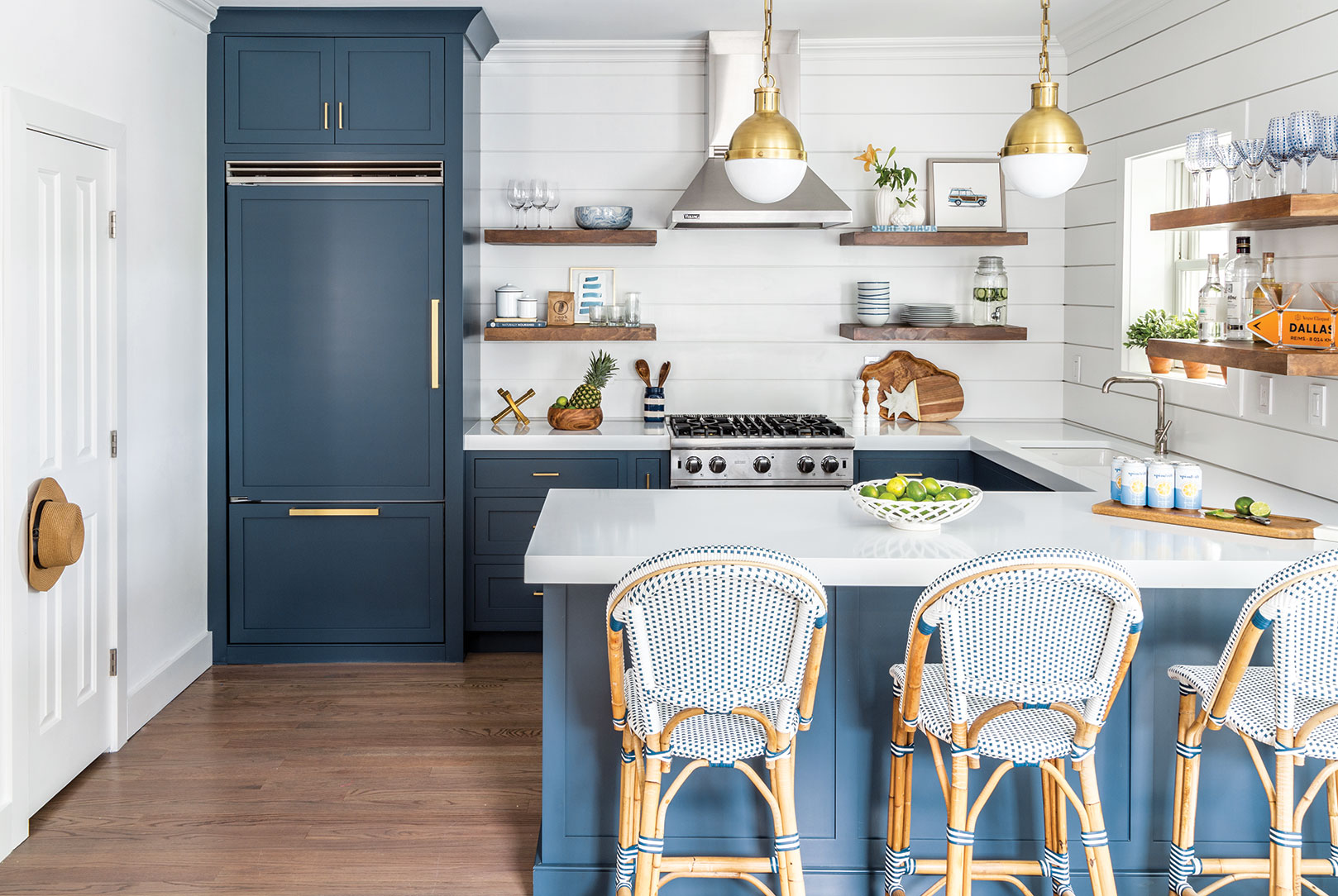
A mix of light and dark colors adds interest to a room. And remember that negative space gives your eyes a place to rest as you look around a room, even in a kitchen. Photo by Christopher Delaney.
Accessories and styling give your rooms a finished look
Accessories and styling may be the last step in the design process, but the impact they have can transform a space. Aside from the overall flow and function of the space, accessories are the most important element to creating a beautiful, finished room. These final touches truly make the space an expression of the homeowner, so it’s important to know how to use them correctly.
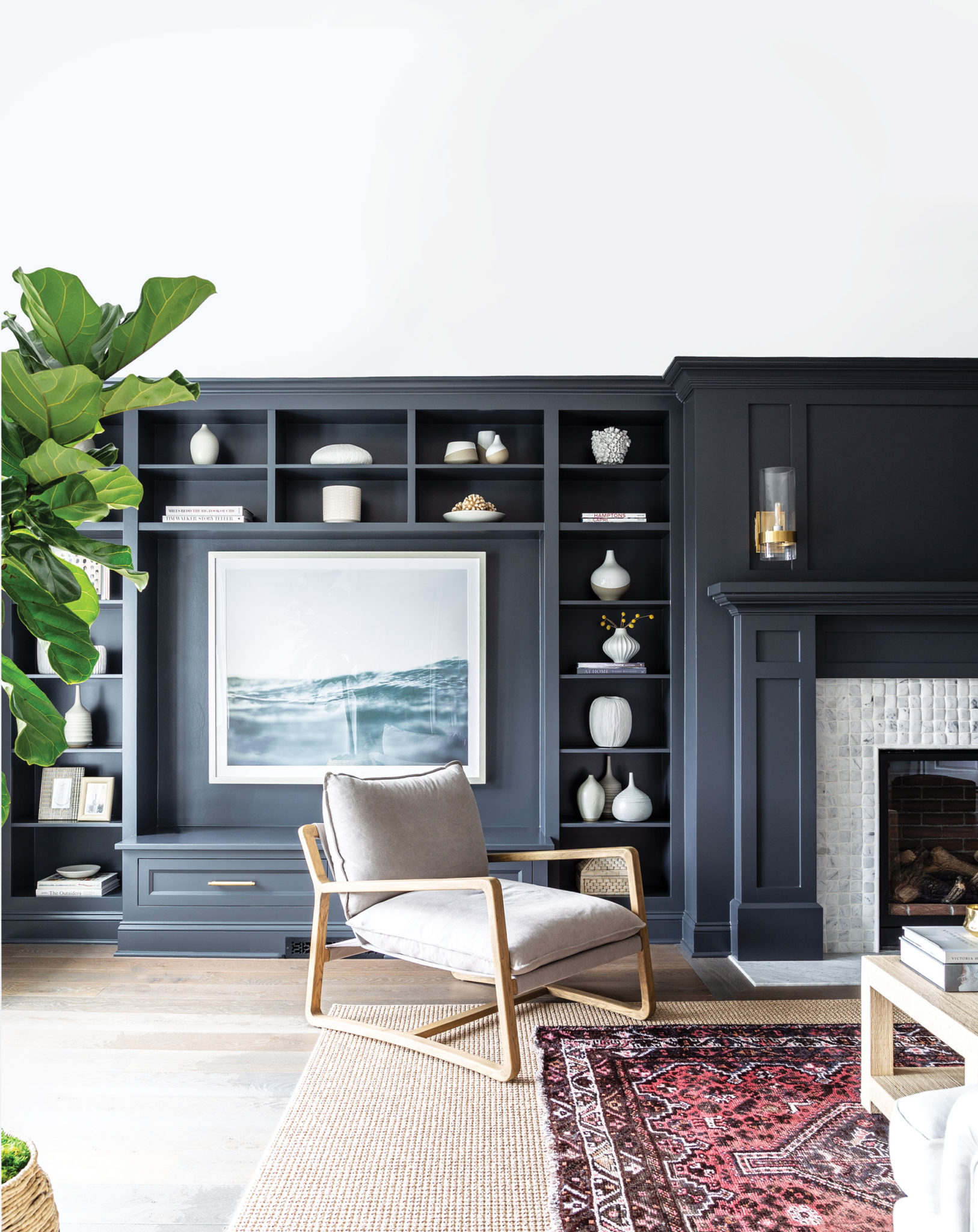
A stylized bookcase. Photo by Christopher Delaney.
Decorative items not only add personality and life, but switching them around can be a cost-effective way to freshen a room. Push yourself outside your comfort zone by adding a pop of color or use accessories to adjust your décor seasonally. There is nothing better than a cozy throw in the winter and fresh blooms in the spring.
This simple guide for choosing, combining and arranging accessories will help you pull together your room like a pro. When styling most spaces, it’s important to consider three main categories: walls, flat surfaces and soft goods.
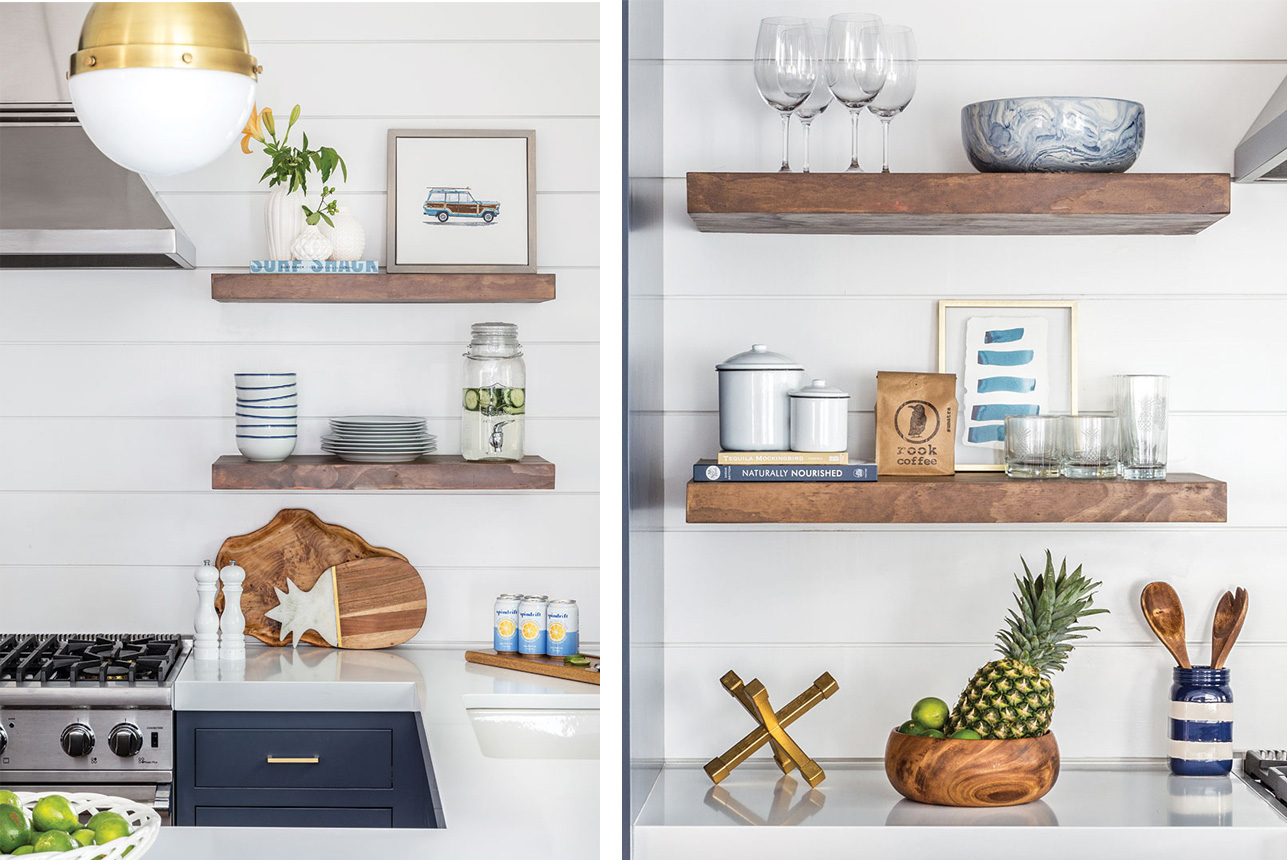
A single orange lily stem on the top shelf beside a range hood brings a cheerful bit of nature into the kitchen and complements the warm tones of the wood cutting boards and ceiling light fixtures. Even an open kitchen shelf can become a spot to display a “collection” of objects with varying heights, shapes and colors. Photos by Christopher Delaney.
Wall decor ranges from artwork to mirrors to photos and objects. While we personally try to stay clear of signs (unless, of course, they have meaning), we love using vintage objects or homeowners’ collections to create interesting conversation pieces. The surfaces you work with depend on the room, but can include coffee and side tables, consoles, bookshelves and dining tables. Finally, the best way to warm up a space is through soft accessories such as throws and pillows.
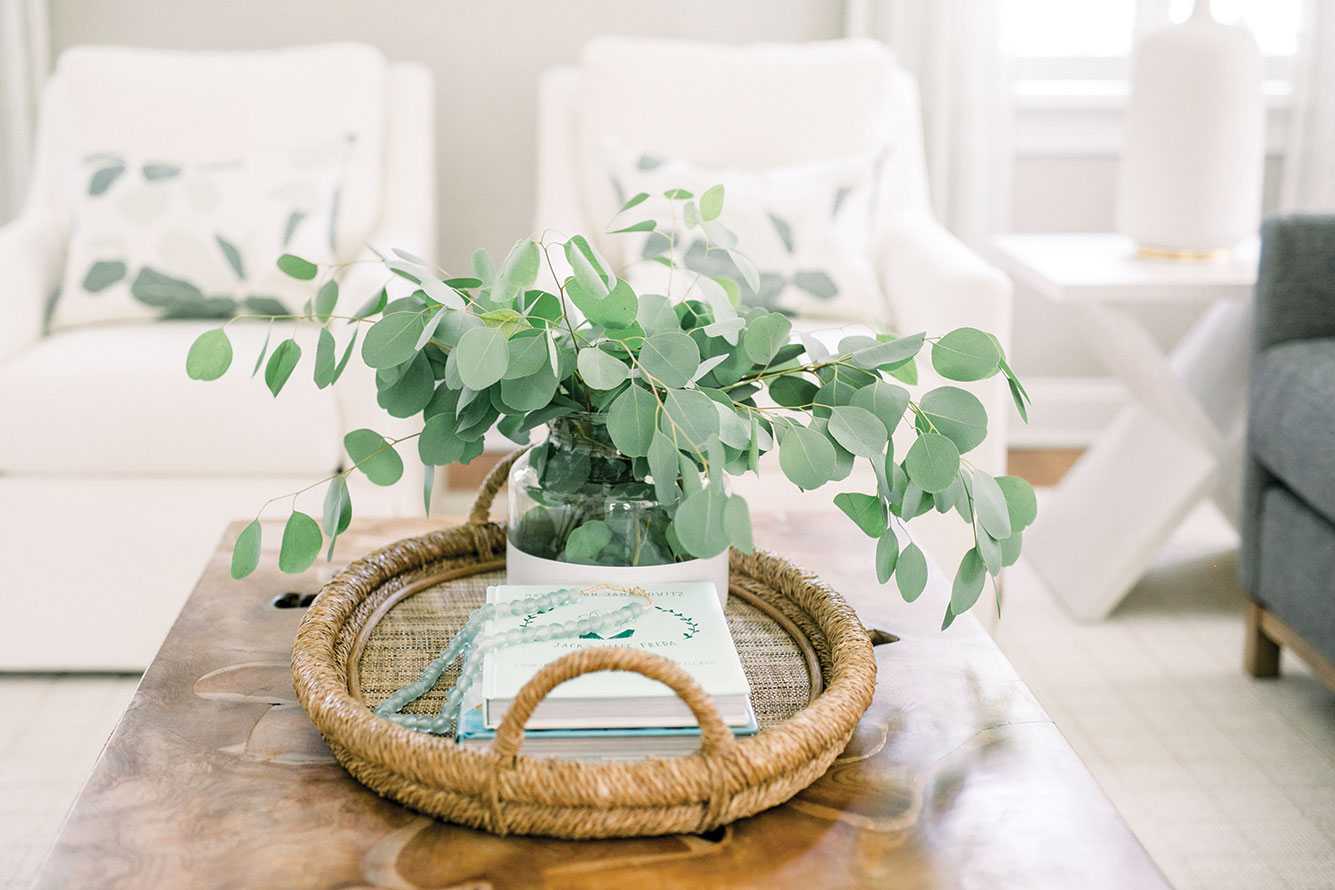
A woven tray on the coffee table gathers several smaller objects into a collection, including books, a bead necklace and a container of eucalyptus leaves, whose shape is repeated in the pillows on the chairs. Photo by Jessa Schifilliti.
You want to ensure that all three areas are balanced and cohesive, but don’t be afraid to use a wide assortment of accessories that you love. If you’re adding a pop of color, repeat it a couple times throughout the space for greater impact. Home design is all about balance. Feel free to mix a blend of heights, colors, textures and objects both old and new. Maybe you found a beautiful piece of original art (one of our favorite ways to add unique personality), but you want to save by using less-expensive vessels and frames. Don’t forget to look around your house; often we repurpose items our clients already own, giving them new life.
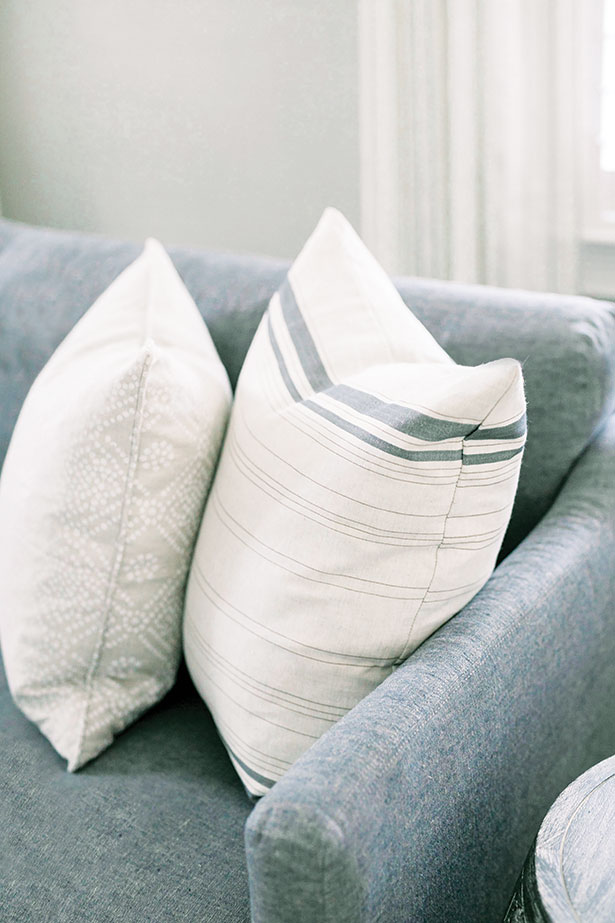
Sofa pillows add softness and a mix of patterns and heights. Photo by Jessa Schifilliti.
Styling is a process. It takes time and far more accessories than you think you’ll need! Because we like to leave our clients with a completely finished space, we typically over-purchase, knowing we can return what we don’t use. We also source accessories from all over. We start our shopping at Salt, of course, but also source items from local boutiques, larger retailers and online stores.
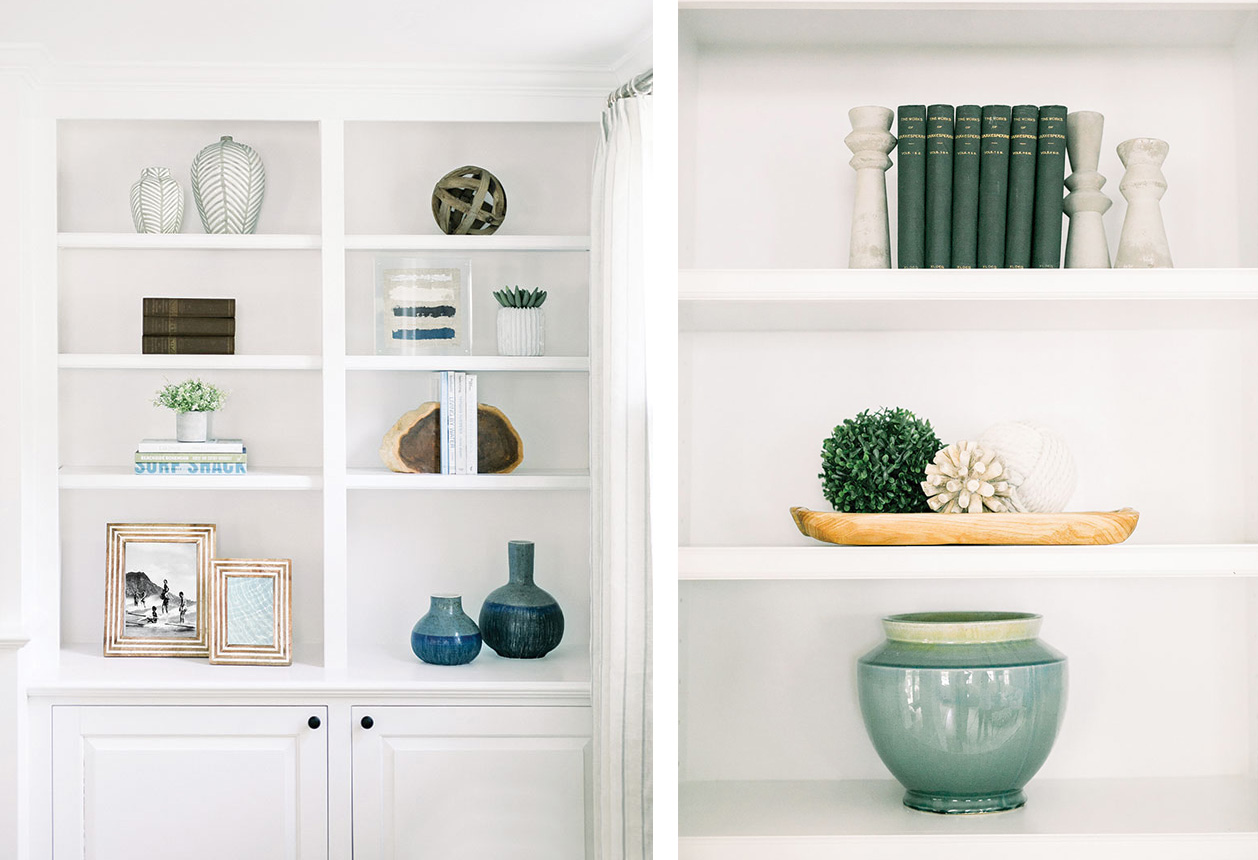
A mix of light and dark accessories in varying shapes and textures create interest on the shelves, while similar color ranges tie it all together. You will need more accessories than you think to accessorize. This display shelf contains more than 20 items ranging from books and bookends to vases, urns, botanicals, framed pictures, and objects. Note that each is a large enough to command a sense of place, averting the problem of too-small objects that create clutter. Photos by Jessa Schifilliti.
We always start by creating a base using mostly neutrals and black and whites in a variety of textures and materials. Consider proportion and scale to create balance throughout the space without perfect symmetry. As you add accessories, vary the height, select differing shapes and combine different textures and colors. Typically, we start with larger objects to create the asymmetrical balance then fill in with smaller items.
However, be careful with smaller items. A lot of tiny accessories on coffee tables and in bookshelves can make things look cluttered. If you have a lot of smaller accessories you want to use, try anchoring them on large trays or group them into small collections.
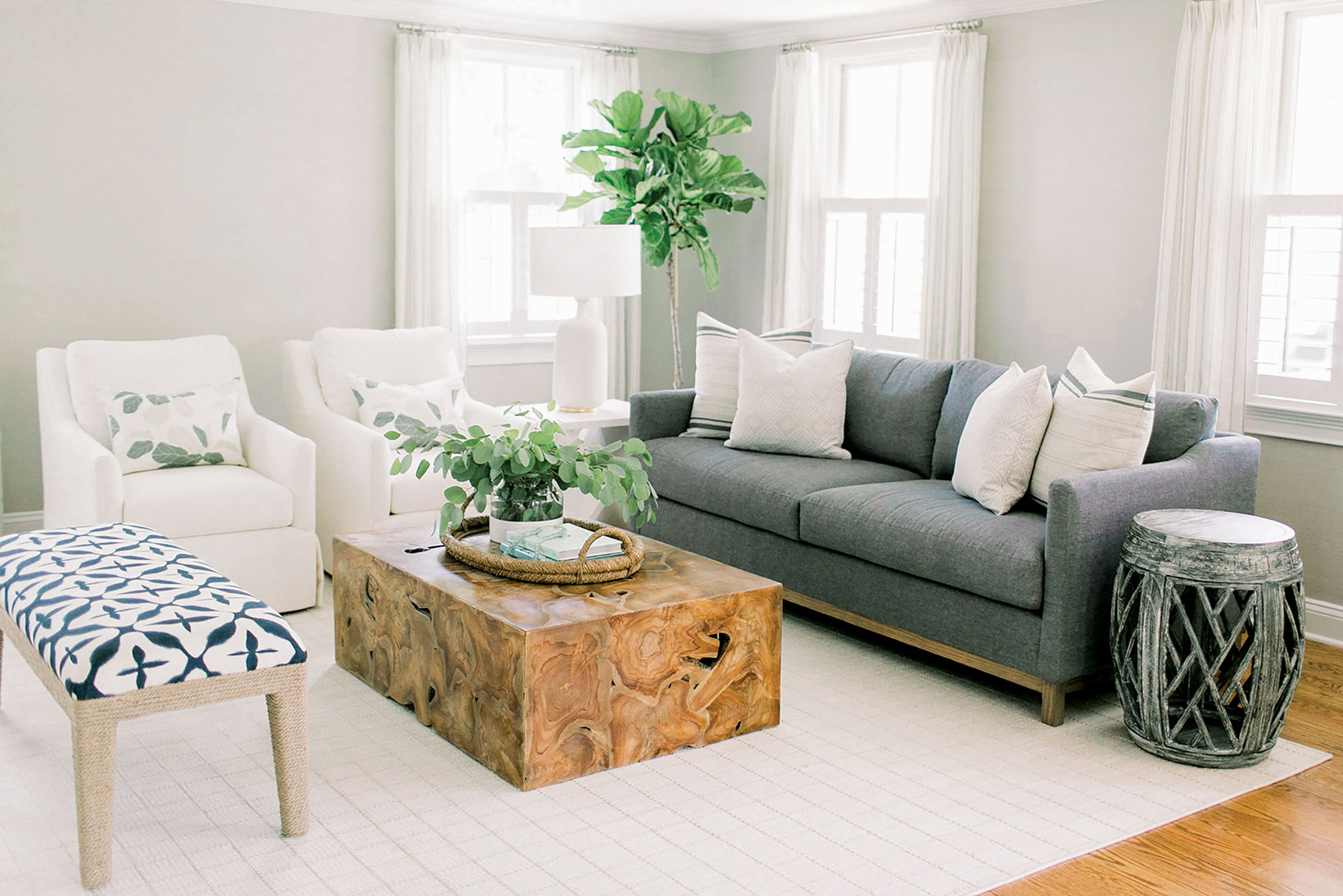
This room contains a dark sofa and side table, light chairs, and a bench that mixes the two. This neutral base is a beautiful starting point for accessorizing with style. Photo by Jessa Schifilliti.
Make sure you mix materials and colors. If the surface you are styling is dark, incorporate lighter accessories or vice versa. In kitchens and bathrooms, juxtapose colder, harder materials such as marble with softer, more natural accessories such as a woven tray or wood cutting board.
Finally, layer in pops of color depending on your personal taste. Accessories can be non-committal, so push yourself outside your comfort zone.

Pops of color—such as pinkish orange candles and a bowl of limes—add visual interest. Botanicals should be part of every room, but they don’t need to be overwhelming. Photo by Christopher Delaney.
Here are a few general tips we stand by:
- Books are a great filler and a way to add height; you probably have a bunch lying around the house already. Remove the covers for a cleaner aesthetic.
- Greenery is always a must. It adds life to any space. Use smaller plants on bookshelves, cut flowers arranged on coffee tables and larger plants to add height and help fill empty corners.
- We love adding a personal touch using family photos, but pick a few favorites and use sparingly. Play around with cropping and keep the photos with consistent coloration, or make it easier and use all black and whites.
- Don’t be afraid of negative space. Always edit, less is more. White space gives your eyes a place to rest.
If you prefer one-on-one instruction, Salt Design Co. offers complementary styling services through our storefront.
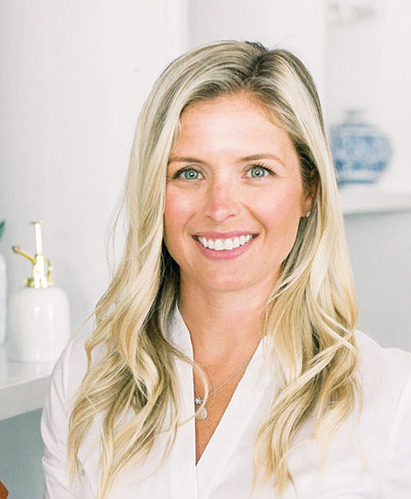
Sarah Brady is the owner of Salt Design Co., which operates a store in Fair Haven and a design studio in Asbury Park. Learn more on their website.
